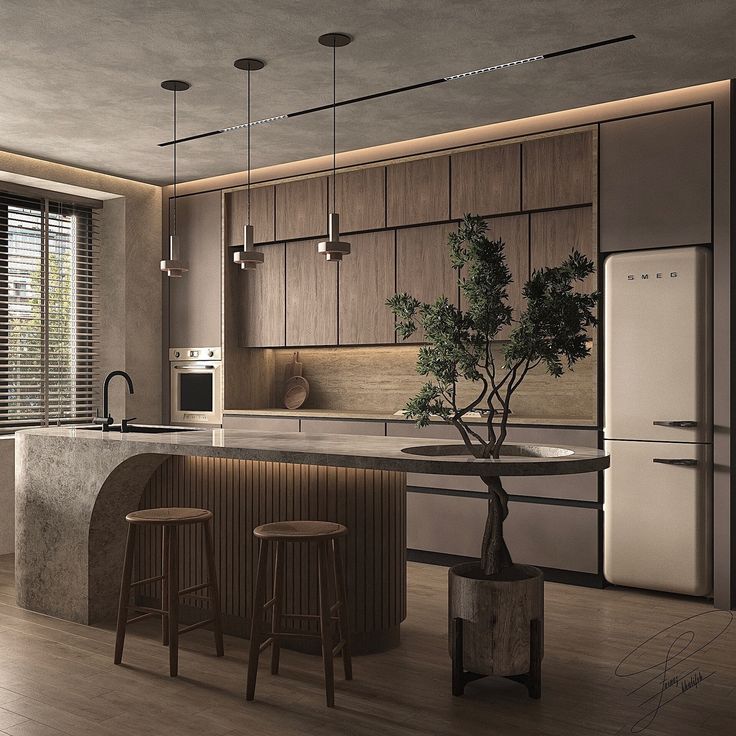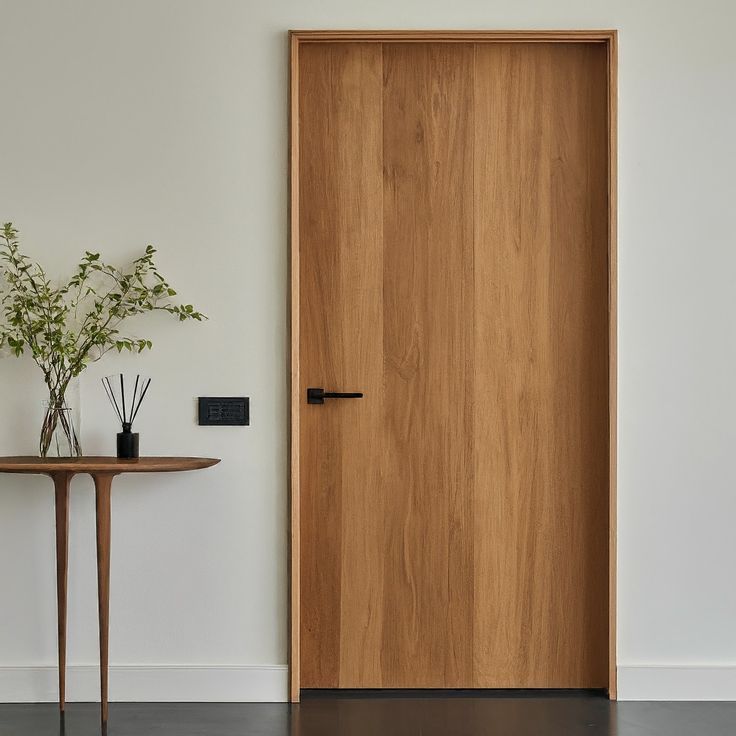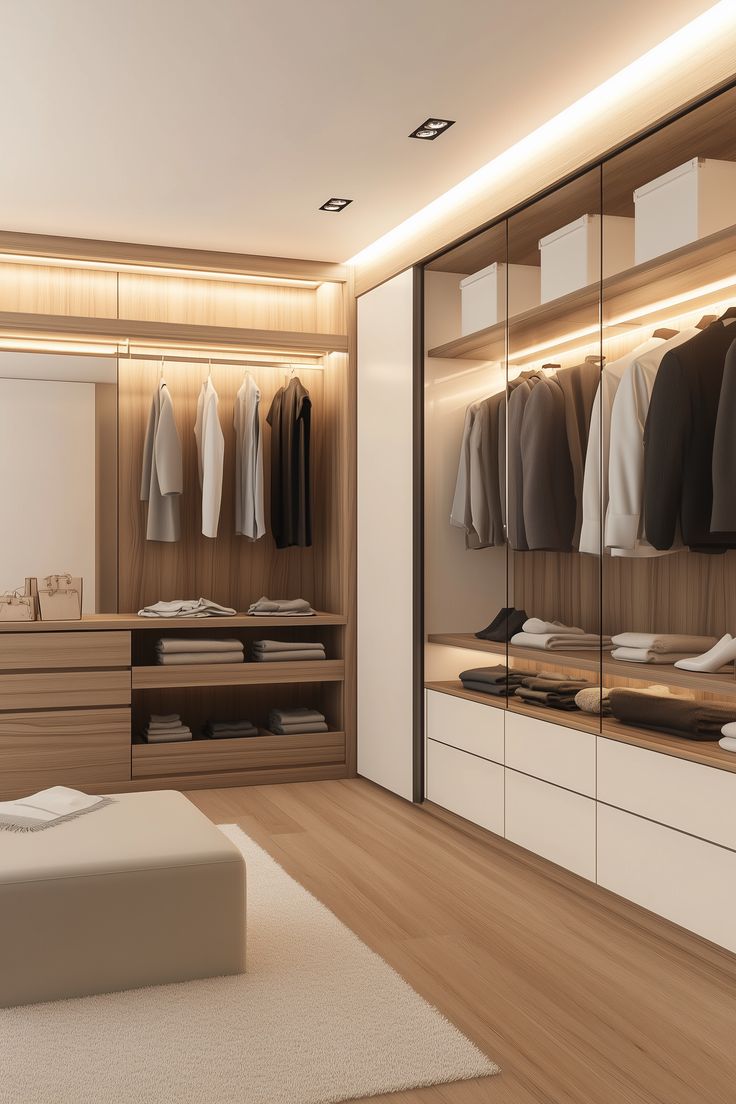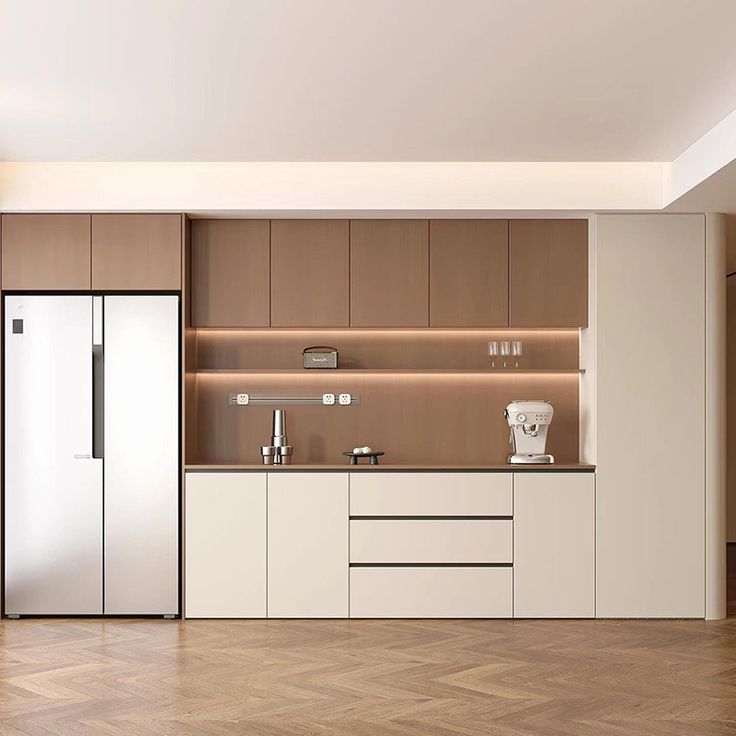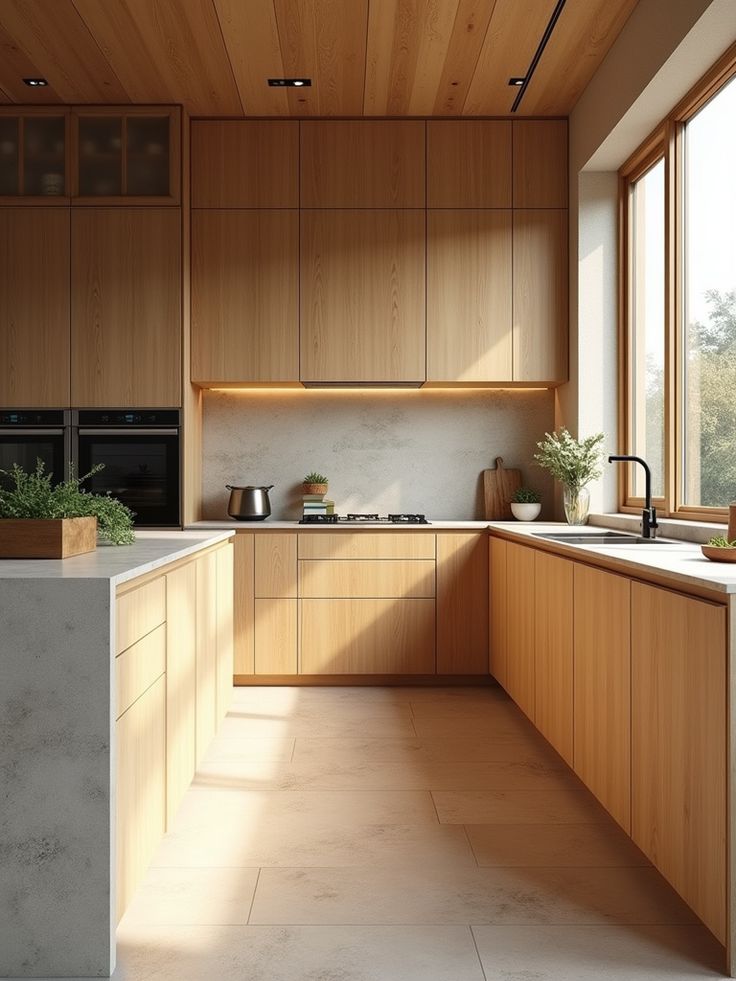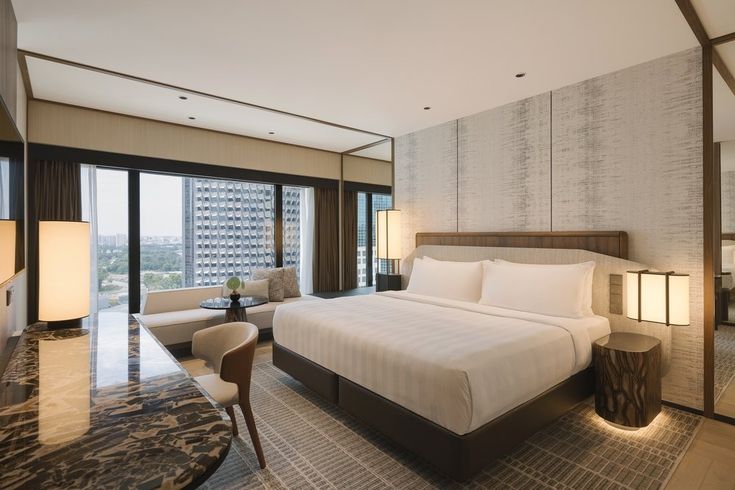Total Cabinetry And Joinery Solution
ENG
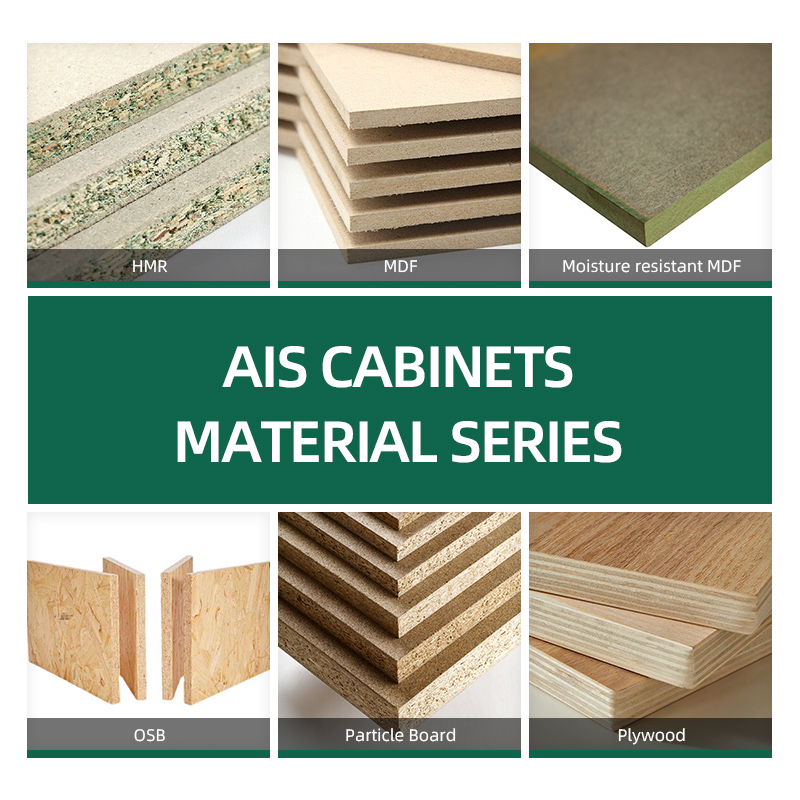
Choosing the right material is one of the most important decisions when designing kitchen cabinets. The cabinet core material directly influences durability, aesthetics, cost, and long-term performance. Among the many options available, the most common comparison homeowners and designers face is Particle Board vs Plywood vs Solid Wood Cabinets.
Each of these cabinet materials comes with its own strengths and limitations. Particle board cabinets are budget-friendly and widely used in large projects, plywood cabinets are valued for their balance of durability and cost, while solid wood cabinets deliver timeless elegance and premium quality.
In this article, we’ll take a closer look at Particle Board vs Plywood vs Solid Wood Cabinets, analyzing how they differ in terms of strength, moisture resistance, appearance, price, and best use cases. With this side-by-side comparison, you’ll be equipped to make an informed decision and choose the kitchen cabinet material that truly meets your needs.
What is it?
Made from wood chips and resin, compressed into sheets. It’s the most economical option.
Pros:
1、Lowest cost
2、Smooth surface for laminates or melamine
3、Lightweight and widely available
Cons:
1、Weak in moisture resistance
2、Not ideal for heavy loads
3、Can chip easily around edges during installation
Best for:
1、Budget-conscious projects
2、Rental properties
3、Interior carcasses (when protected from moisture)
What is it?
Multiple thin wood veneers bonded together with alternating grain directions.
Pros:
1、Stronger and more stable than particle board
2、Better water resistance
3、High load-bearing capacity
4、Available in various thicknesses and grades
Cons:
1、Slightly higher cost than particle board
2、Quality varies (make sure to choose E0 or E1 grade)
Best for:
1、Mid- to high-end homes
2、Apartments and hotel projects
3、Custom cabinetry requiring stability and longevity
What is it?
Natural hardwood cut into planks or panels, such as oak, birch, or maple.
Pros:
1、Natural grain and luxurious look
2、Extremely durable and long-lasting
3、Can be refinished over time
4、High resale value
Cons:
1、Expensive
2、Prone to expansion or contraction due to humidity
3、Requires more maintenance
Best for:
1、Luxury homes
2、High-end custom kitchens
3、Clients who value natural aesthetics
| Feature | Particle Board | Plywood | Solid Wood |
|---|---|---|---|
| Cost | ★★★★★ (lowest) | ★★★★ | ★★ (highest) |
| Durability | ★★ | ★★★★ | ★★★★★ |
| Moisture Resistance | ★ | ★★★★ | ★★★★ |
| Appearance | Depends on finish | Natural-looking | Unique wood grain |
| Eco Level | E1/E2 mostly | E0/E1 available | Natural, untreated |
Ask yourself:
1、What's your budget?
2、Is your area humid or dry?
3、Are you designing for long-term use or short-term value?
4、Do you prefer natural beauty or modern finishes?
There’s no single “best” material for every kitchen — only the most suitable one for your specific project needs. When comparing Particle Board vs Plywood vs Solid Wood Cabinets, each option serves a different purpose.
Solid wood cabinets stand out for their timeless elegance, premium texture, and long-lasting quality, making them ideal for luxury homes.
Plywood cabinets strike the perfect balance between durability and cost, offering stability in a wide range of kitchen designs.
Particle board cabinets remain the most affordable choice, suitable for large-scale projects or budget-conscious homeowners.
By carefully considering the strengths and weaknesses of Particle Board vs Plywood vs Solid Wood Cabinets, homeowners, designers, and developers can make smarter, value-driven decisions that match both functional needs and design expectations.
Your dream kitchen awaits—schedule a consultation with our master cabinet designers today.
